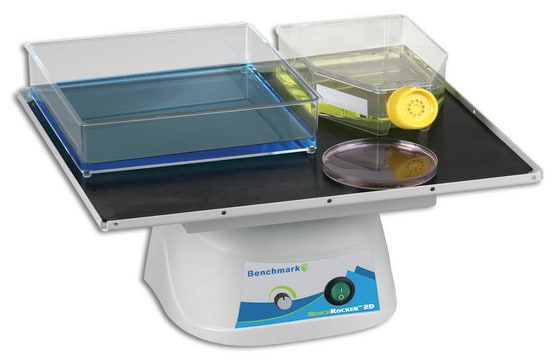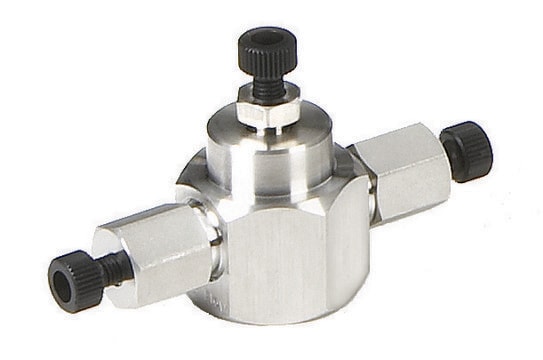推荐产品
形狀
liquid (dispersion)
包含
p-toluenesulfonate as dopant
成份
Biotron PP polymer, 0.3-0.7 wt. %
ethanol, 4-8 wt. %
nitromethane, 90-95 wt. %
濃度
0.3-0.7 wt. % (dispersion in nitromethane)
傅導性
10-40 S/cm (bulk)
一般說明
Average transmittance: 70-90%
Biodegradble conducting polymer for bomedical applications. PCL diol blocks have average molecular weight 2000 and PPy block have an average molecular weight of 4000 with a 25% doping level. Good biocompatibility with expected weight loss of 40% at 200 days in pH=7 buffer.
應用
特點和優勢
注意
其他說明
法律資訊
訊號詞
Danger
危險分類
Acute Tox. 4 Inhalation - Acute Tox. 4 Oral - Carc. 2 - Flam. Liq. 2 - Repr. 2
儲存類別代碼
3 - Flammable liquids
水污染物質分類(WGK)
WGK 2
閃點(°F)
66.9 °F
閃點(°C)
19.4 °C
其他客户在看
Biomedical Applications
商品
The application of conducting polymers at the interface with biology is an exciting new trend in organic electronics research.
Organic materials in optoelectronic devices like LEDs and solar cells are of significant academic and commercial interest.
Self-healing soft electronic materials offer potential cost savings and reduced electronic waste.
While dye sensitization as the basis for color photography has been accepted for a very long time,1 attempts to use this principle for the conversion of solar light to electricity generally had resulted only in very low photocurrents, below 100 nA/cm
我们的科学家团队拥有各种研究领域经验,包括生命科学、材料科学、化学合成、色谱、分析及许多其他领域.
联系技术服务部门















